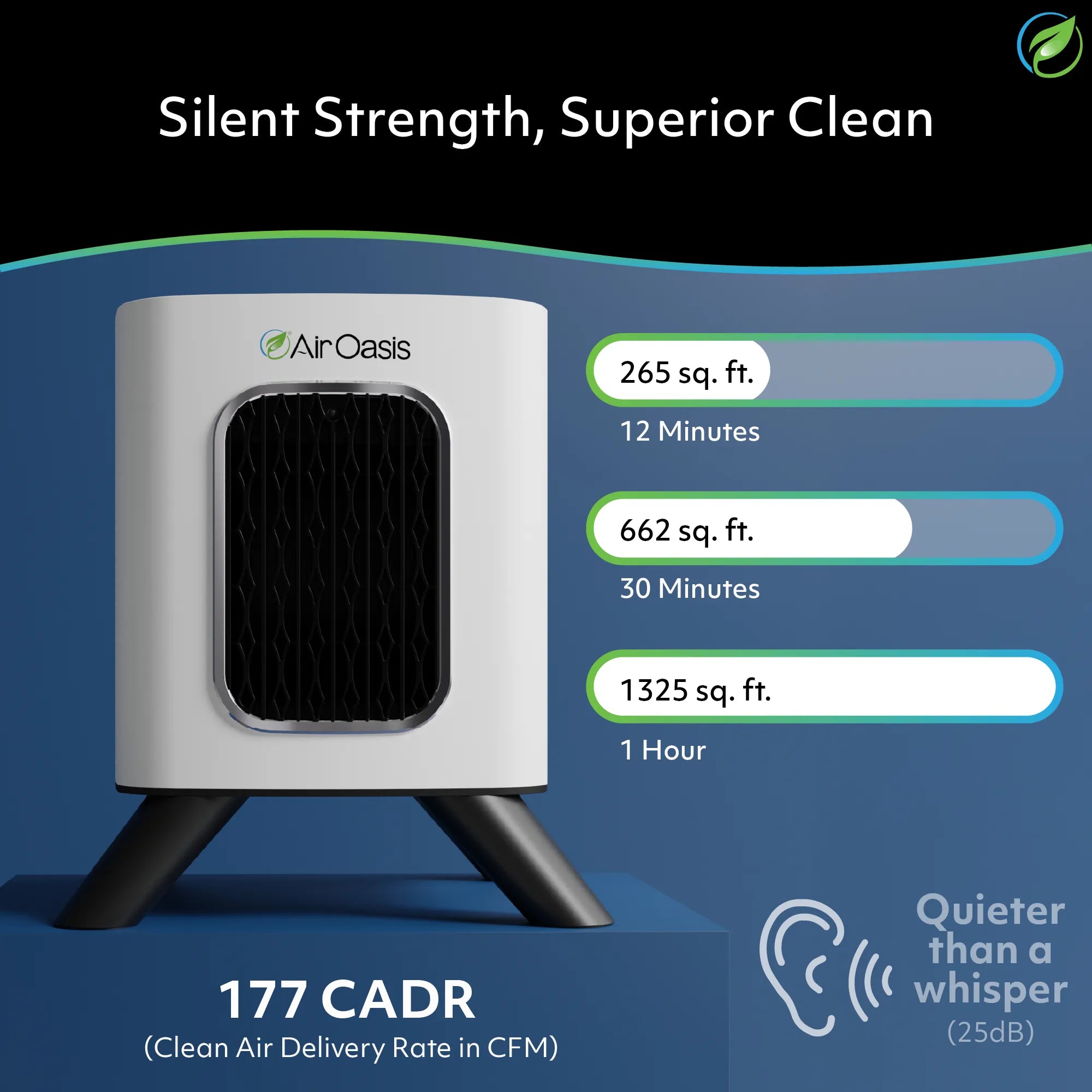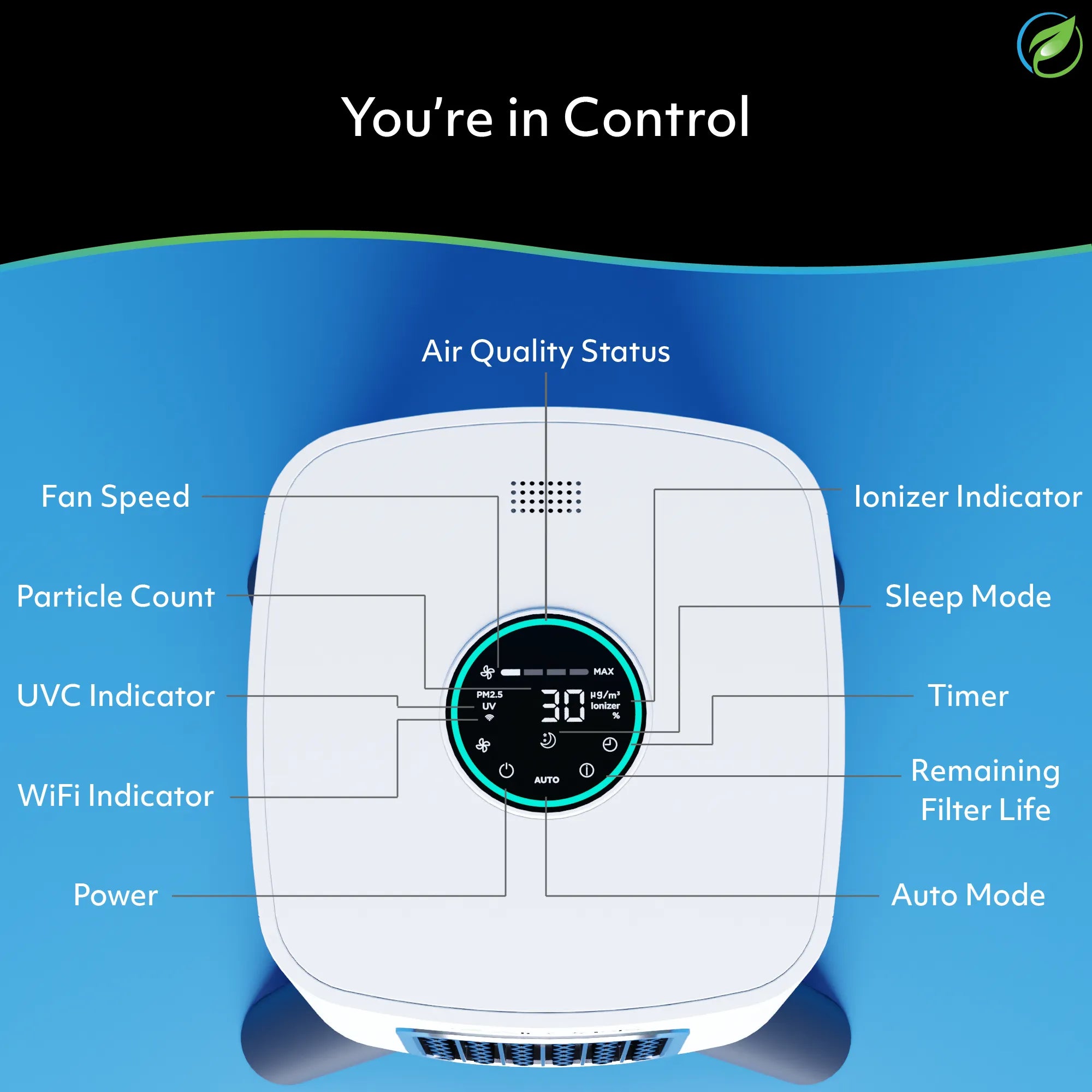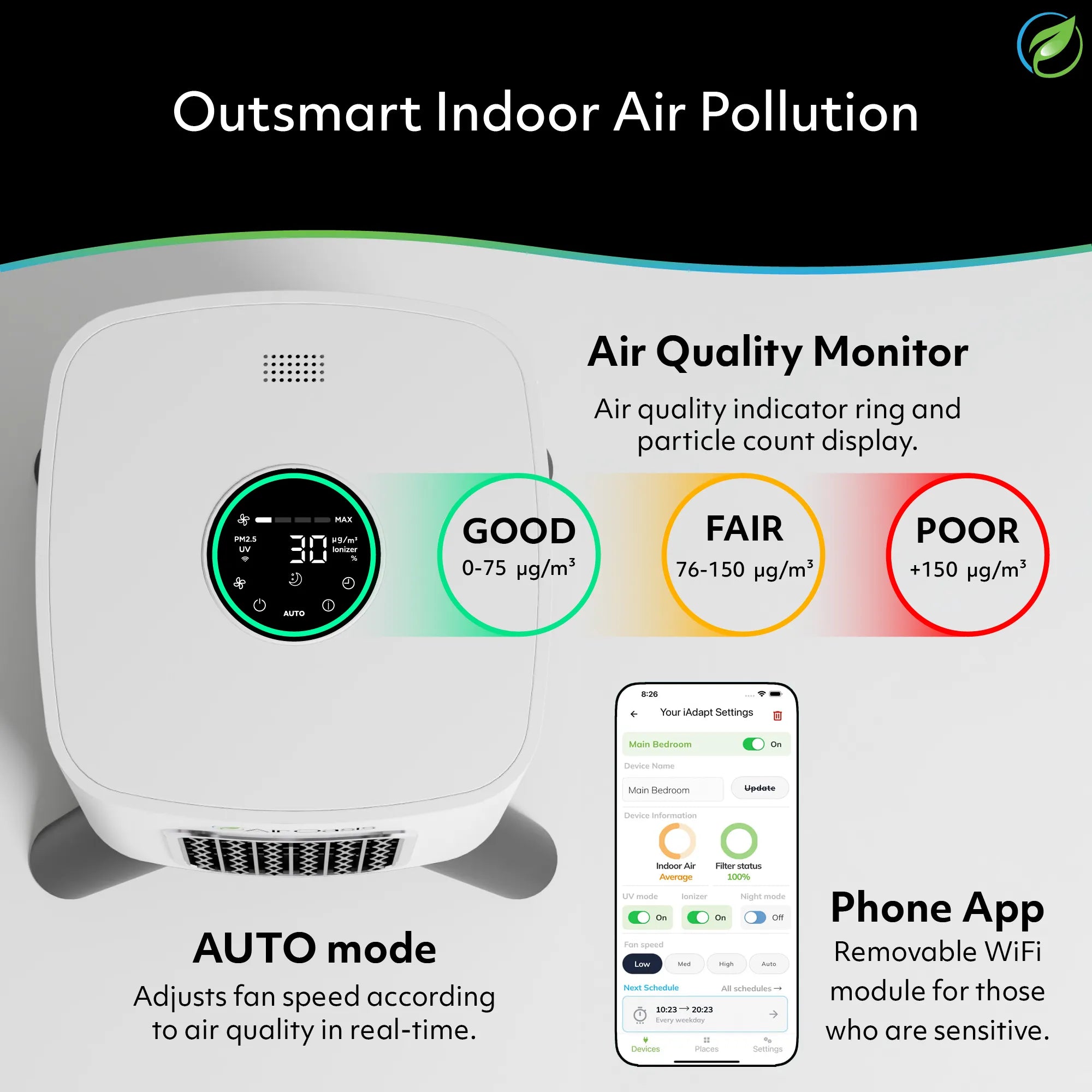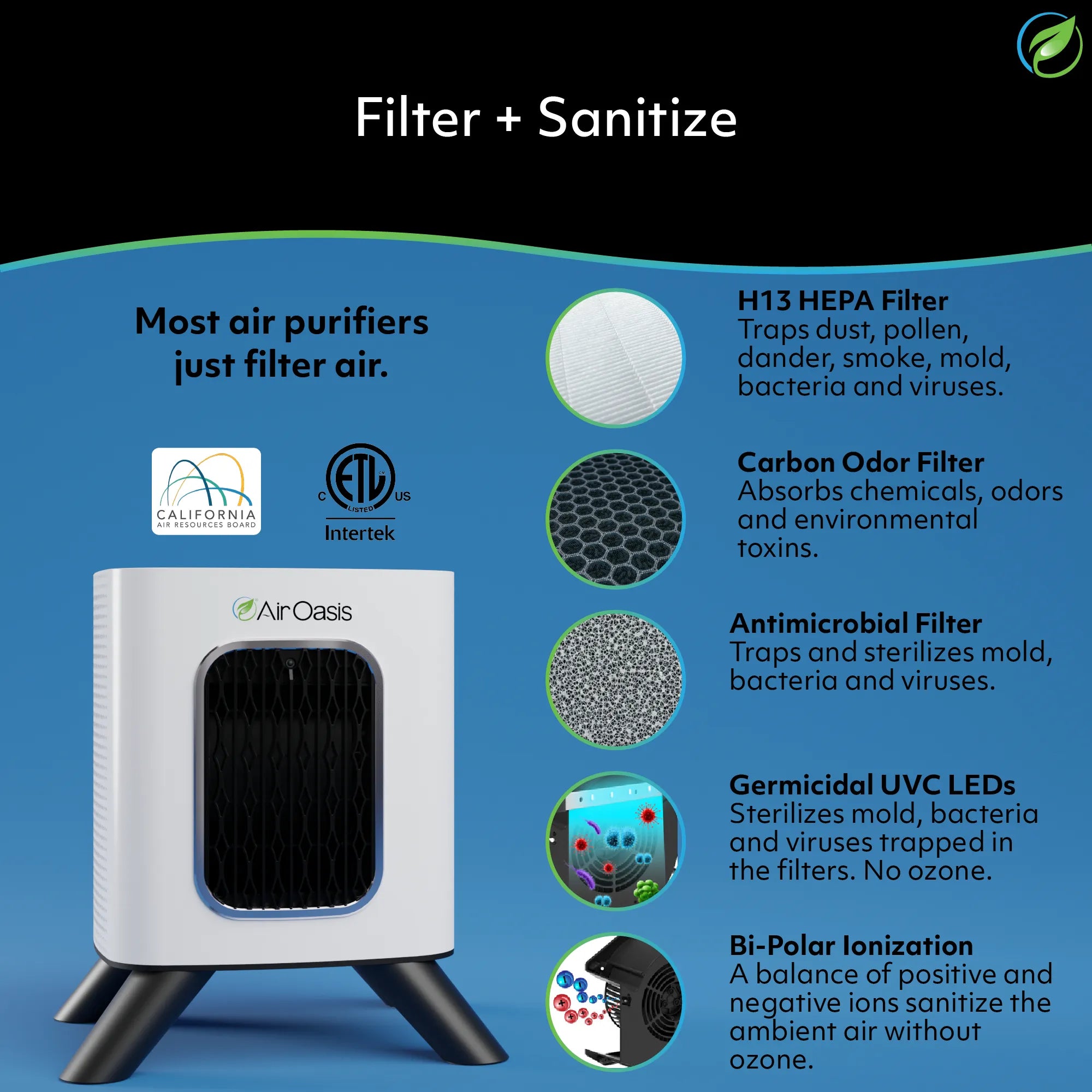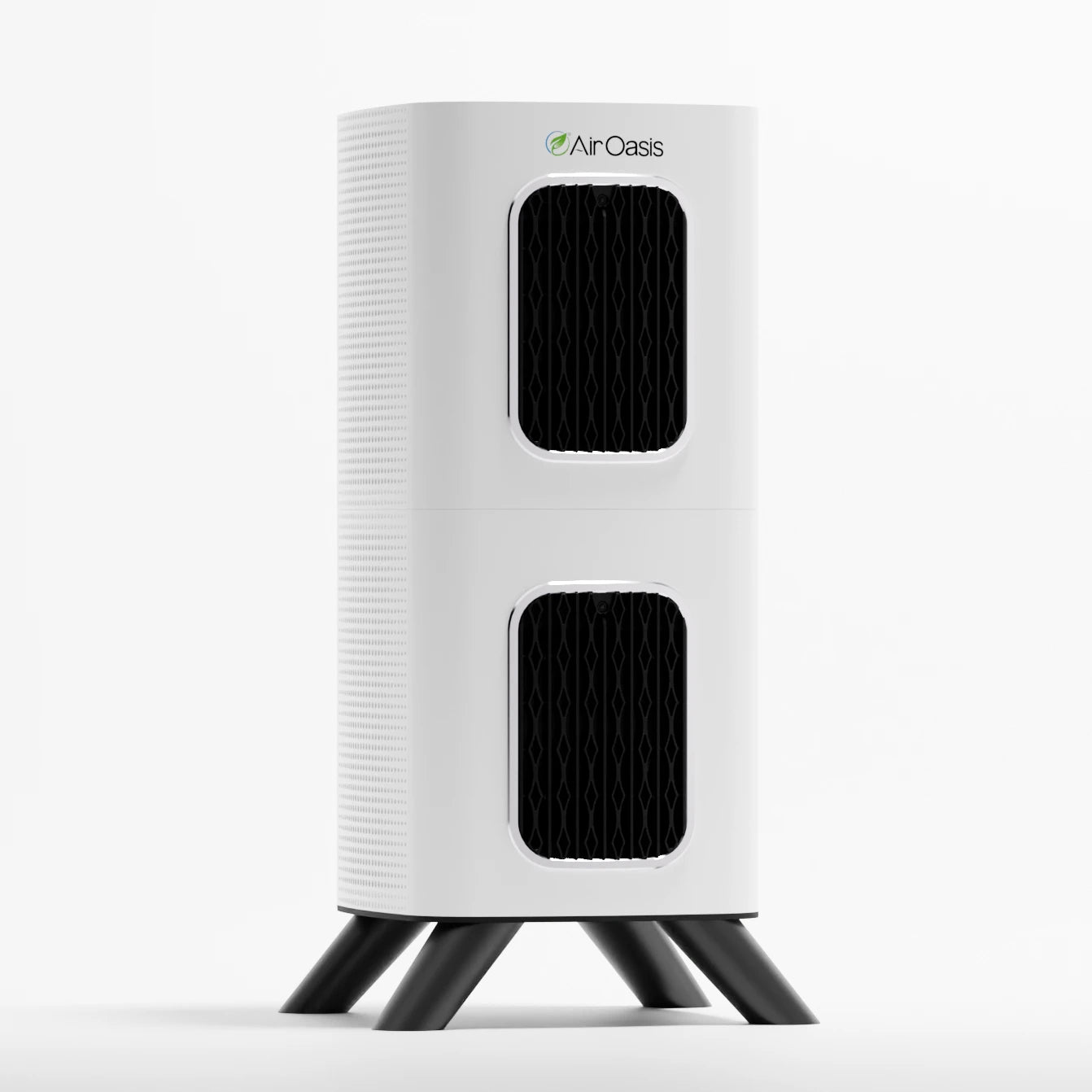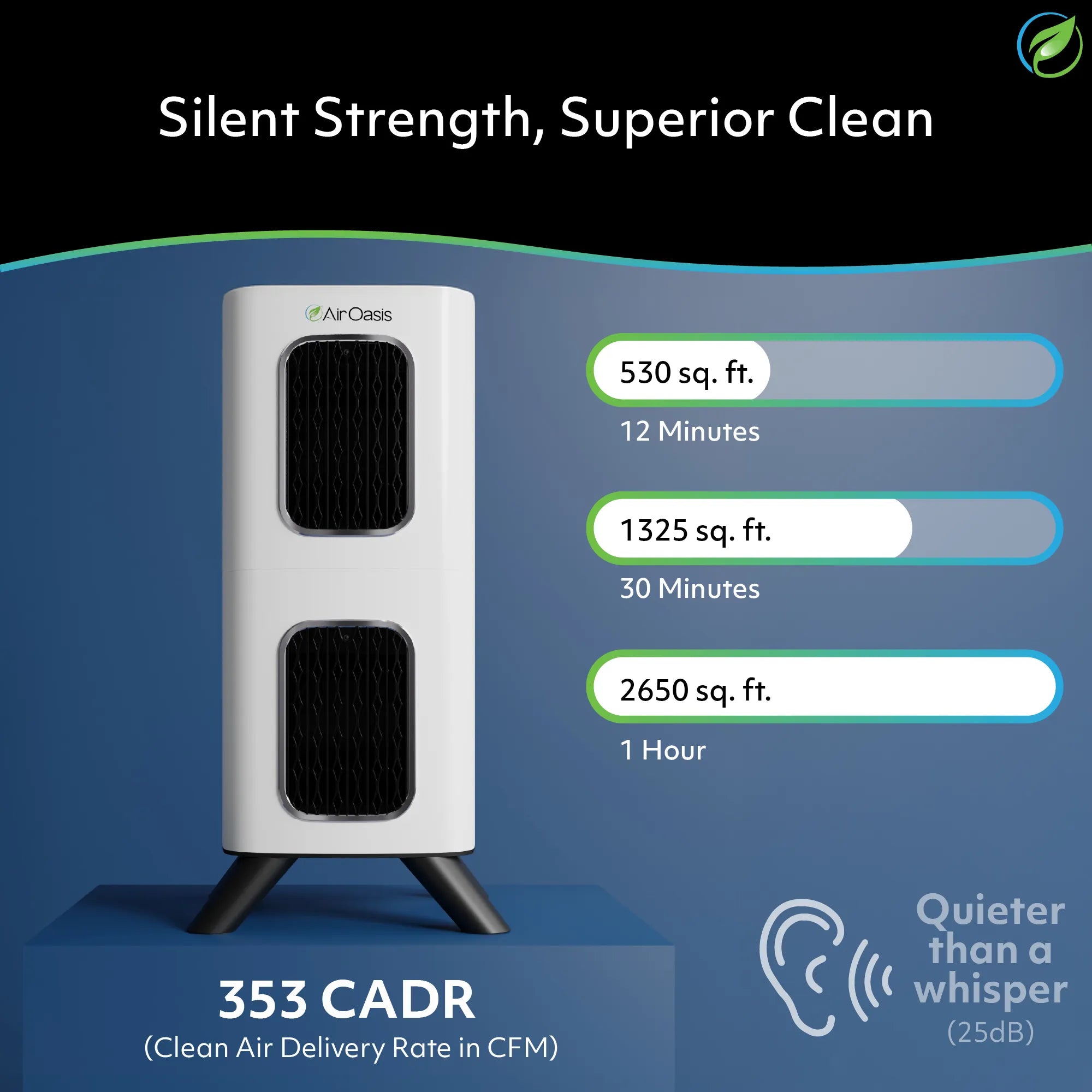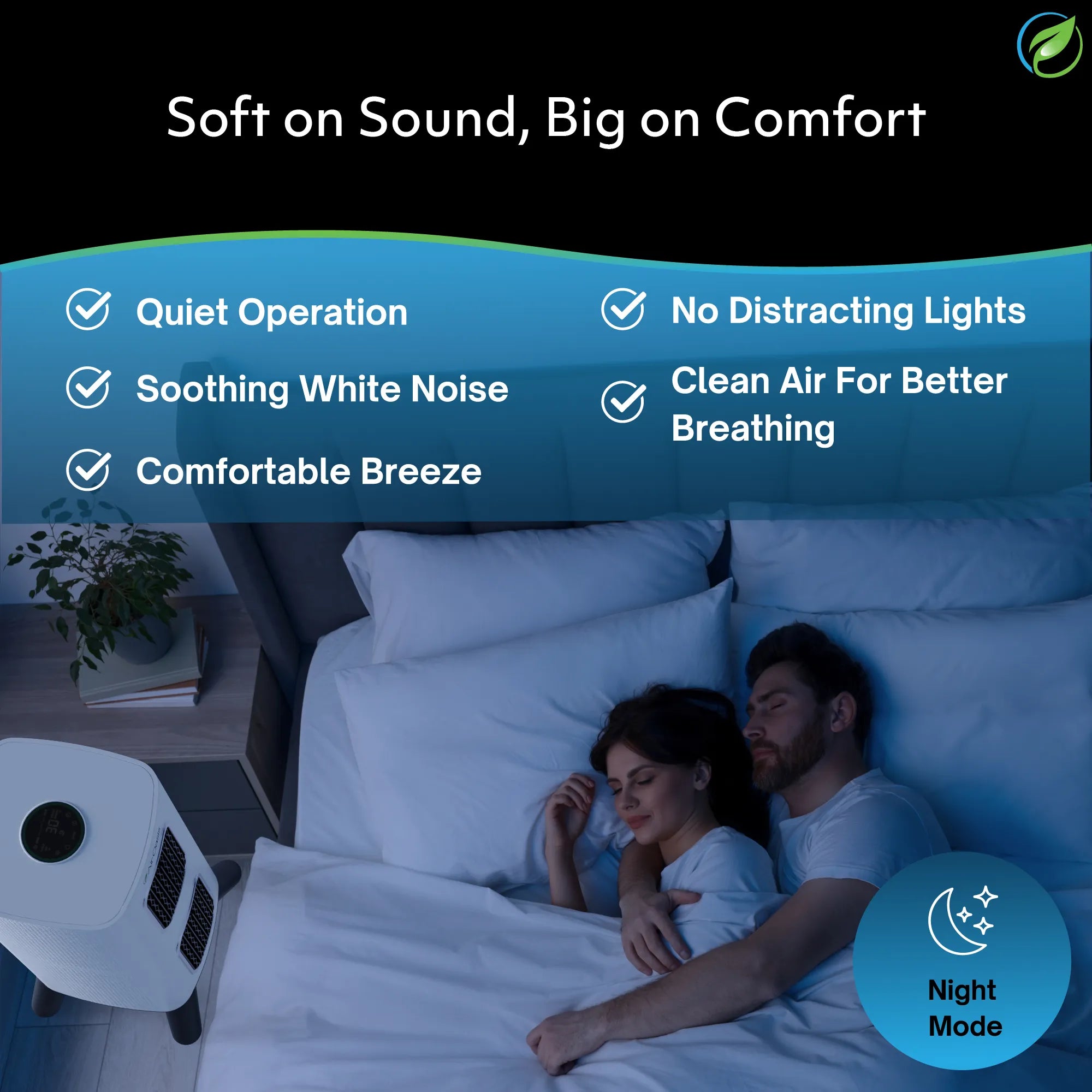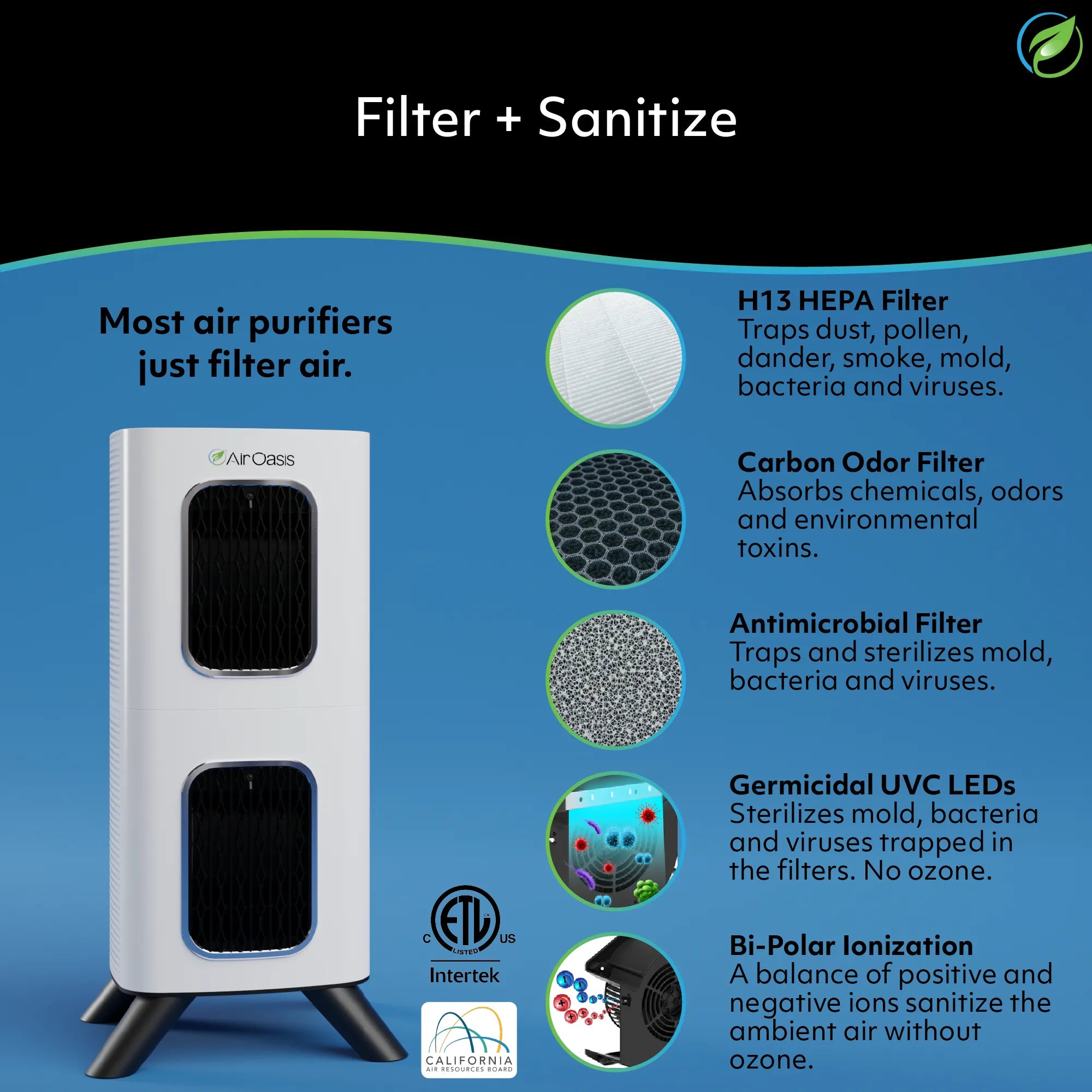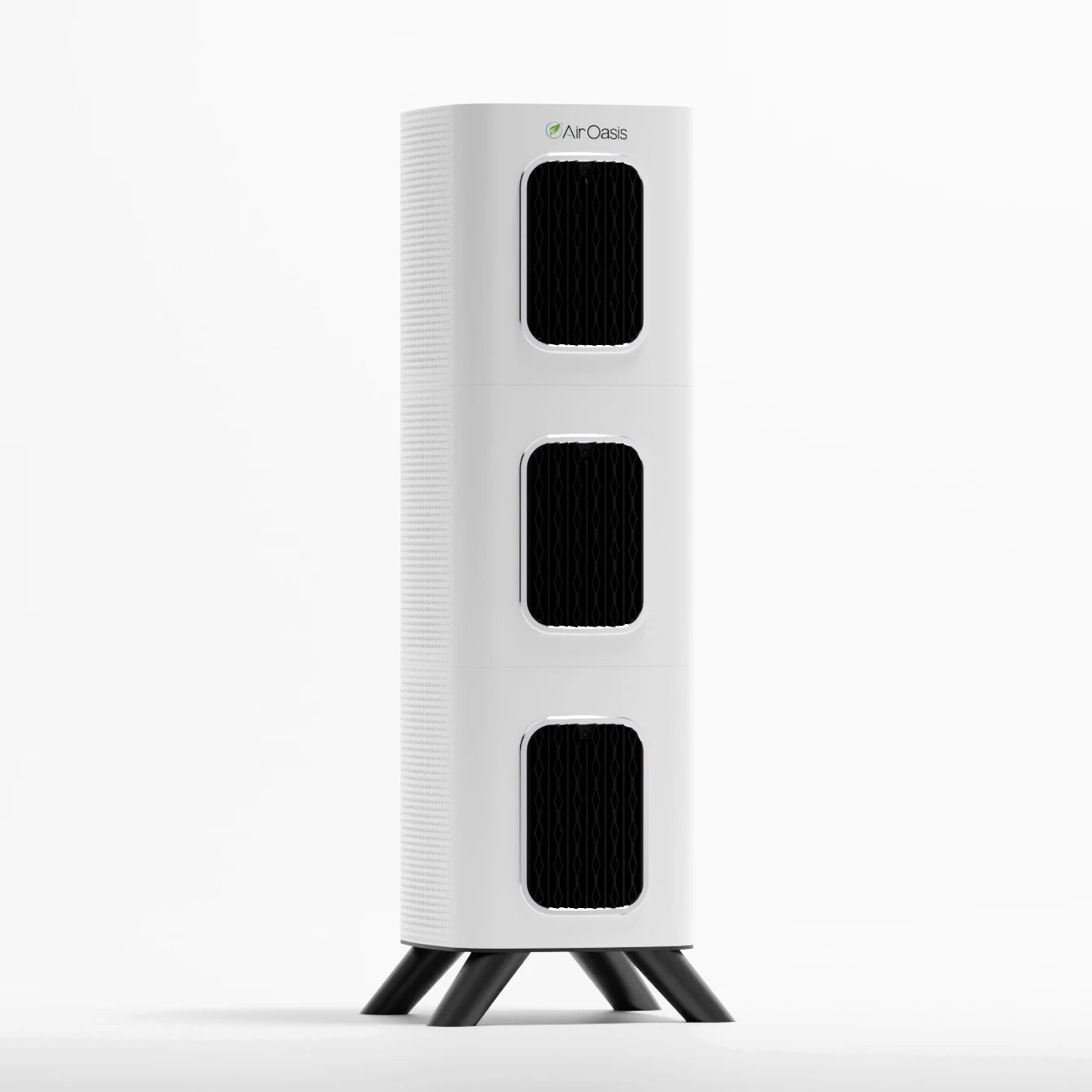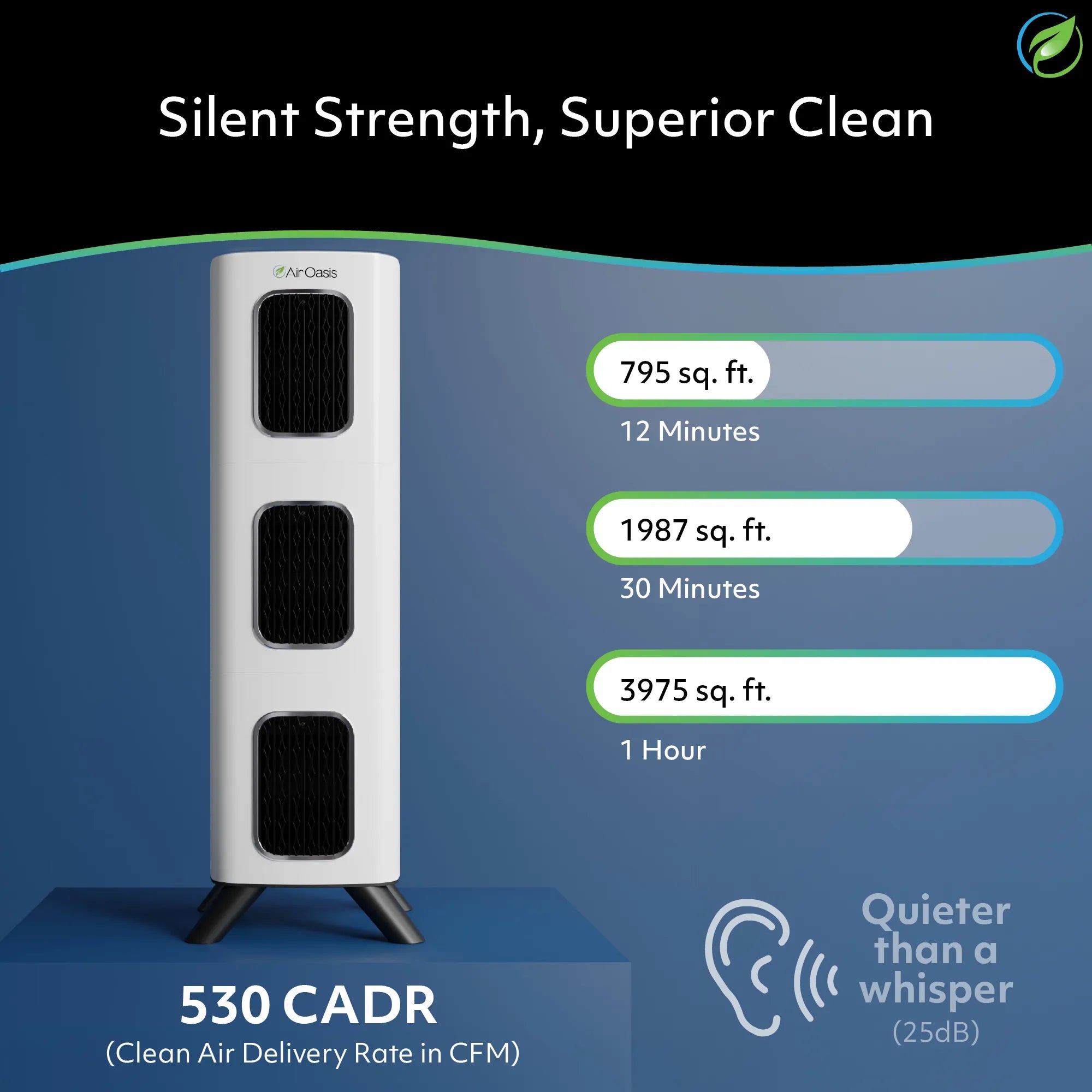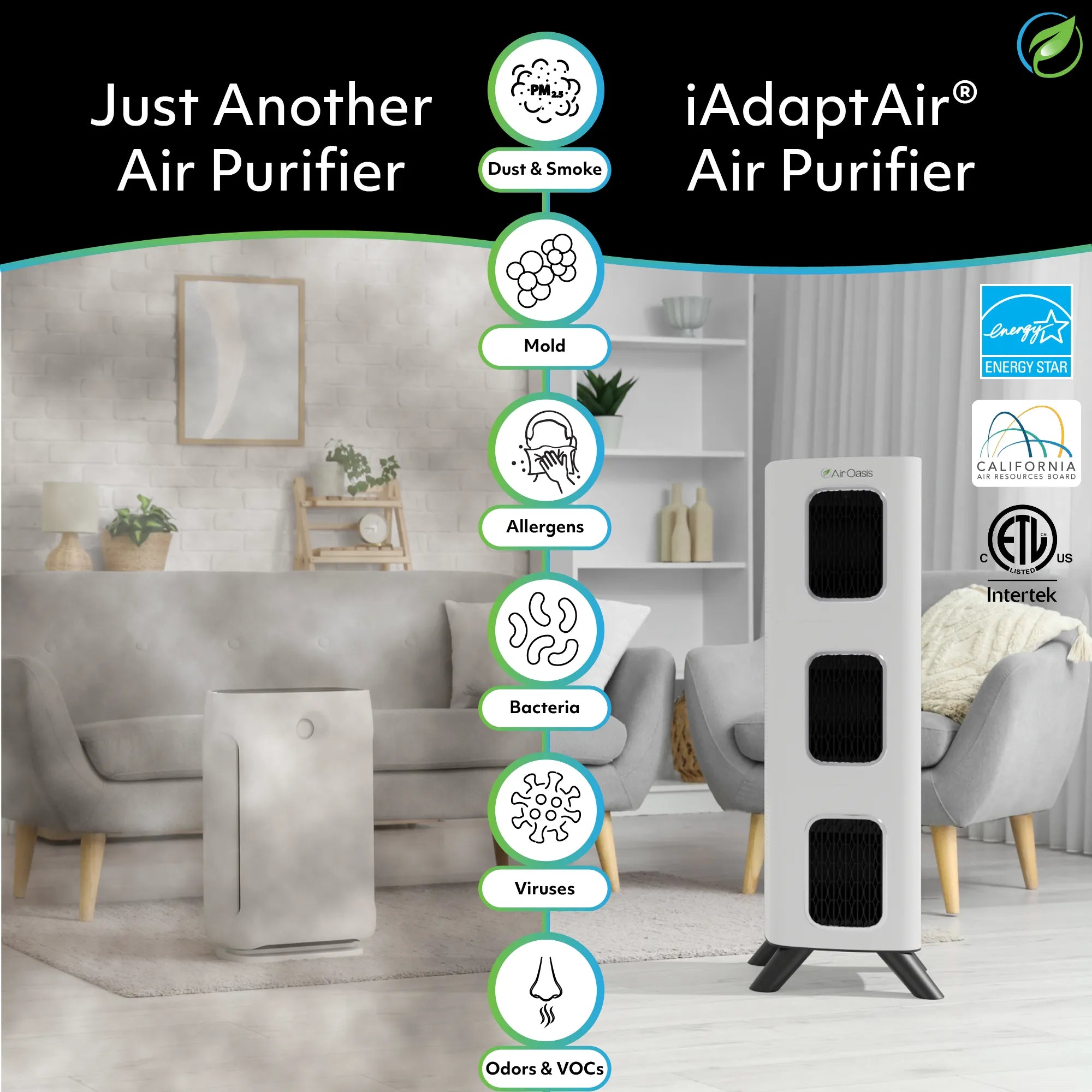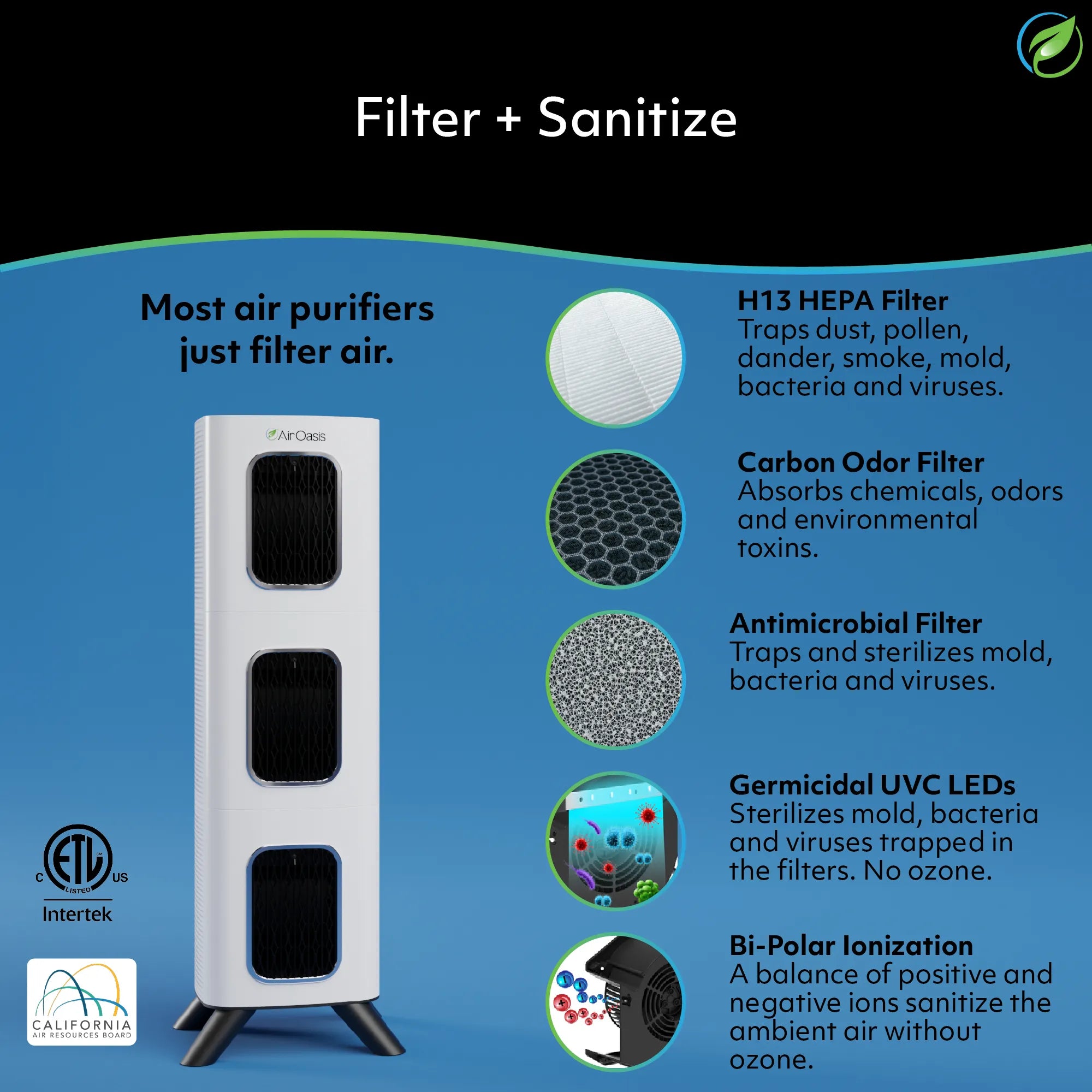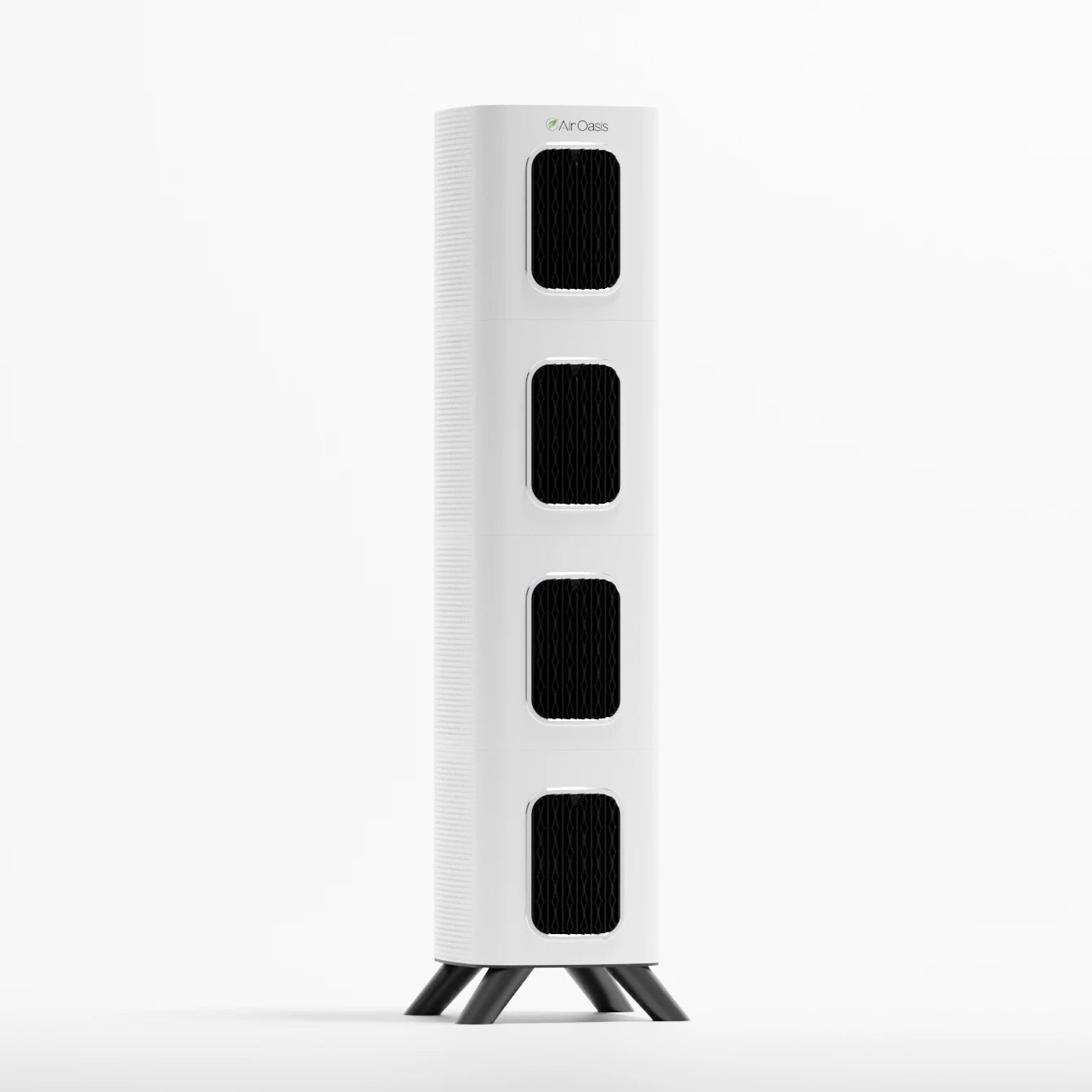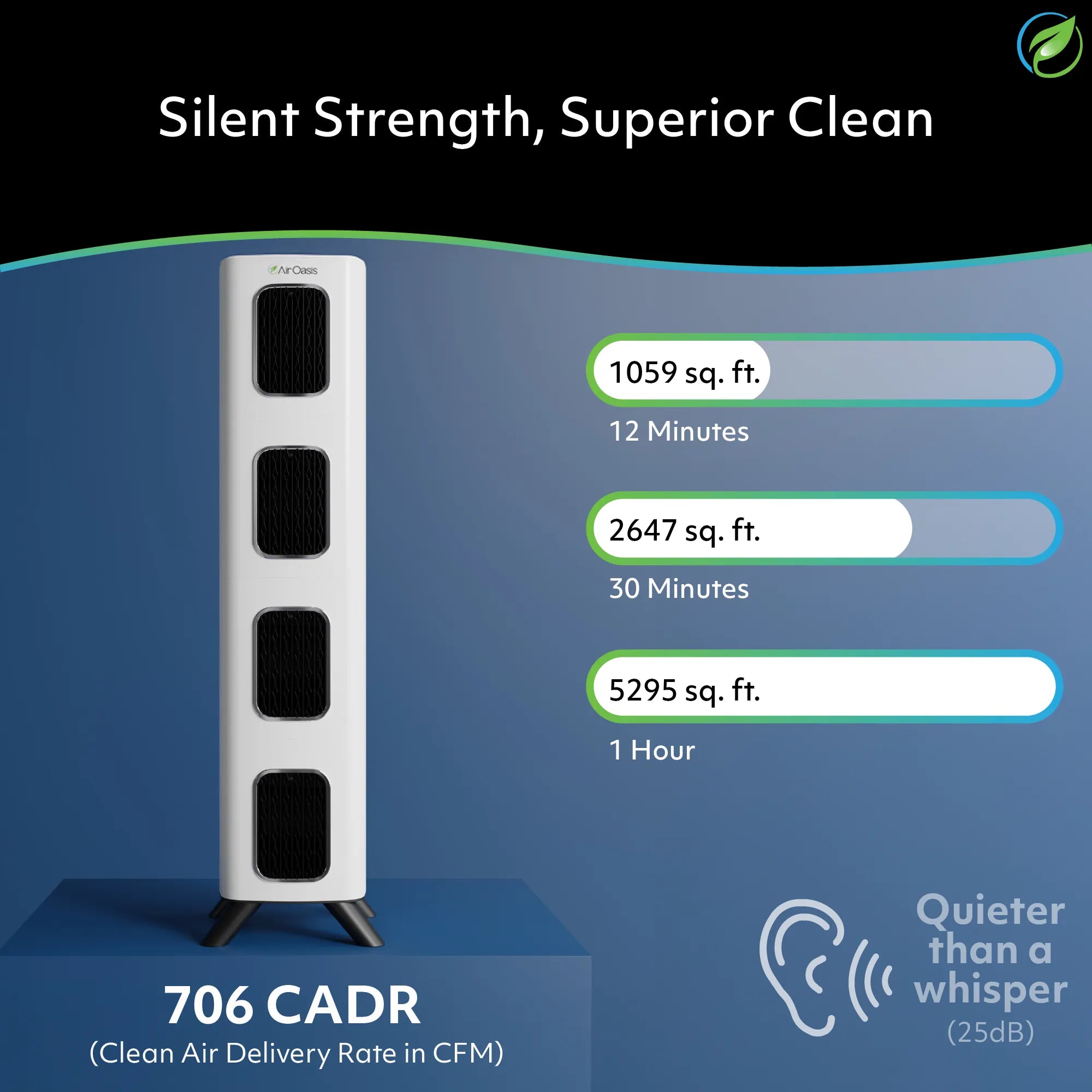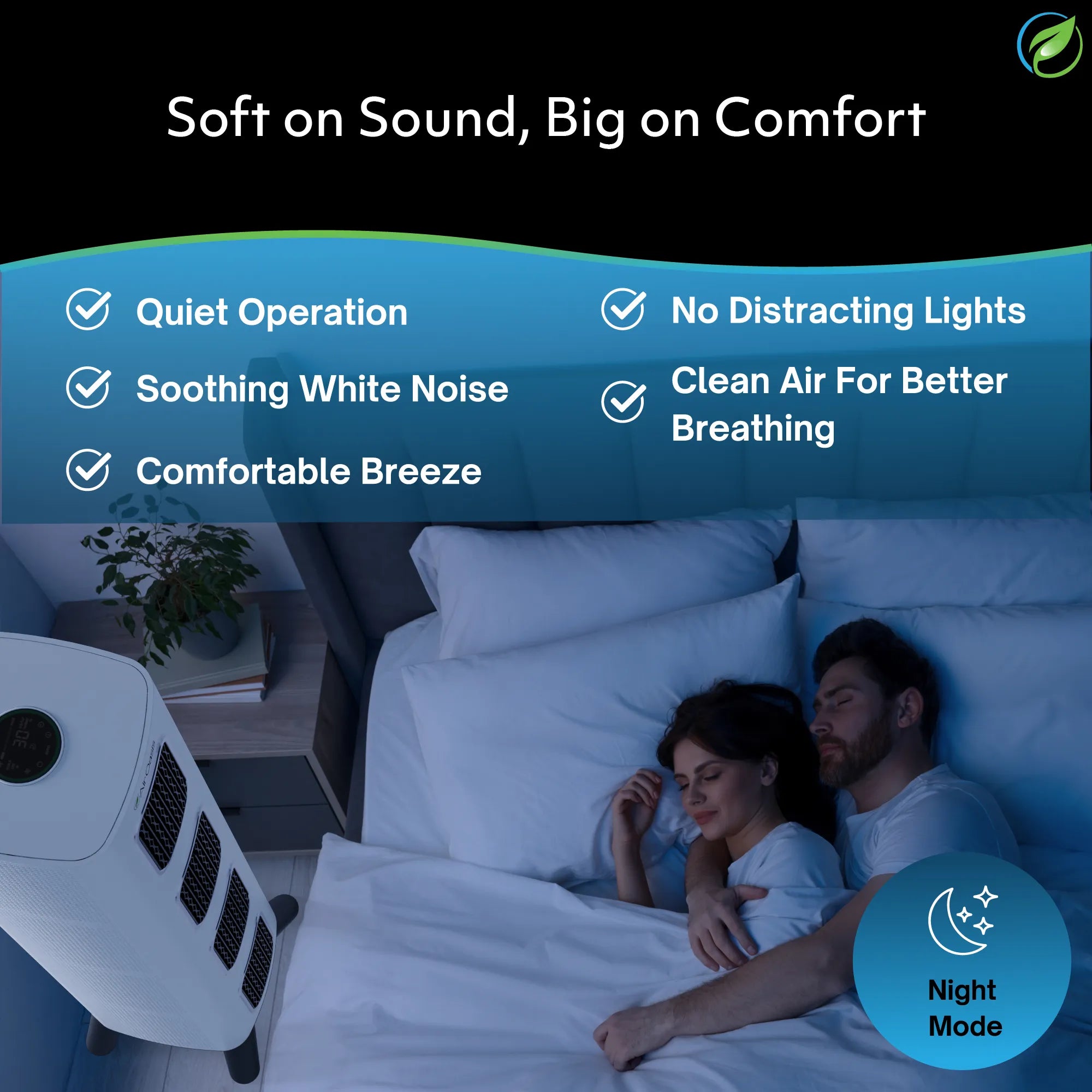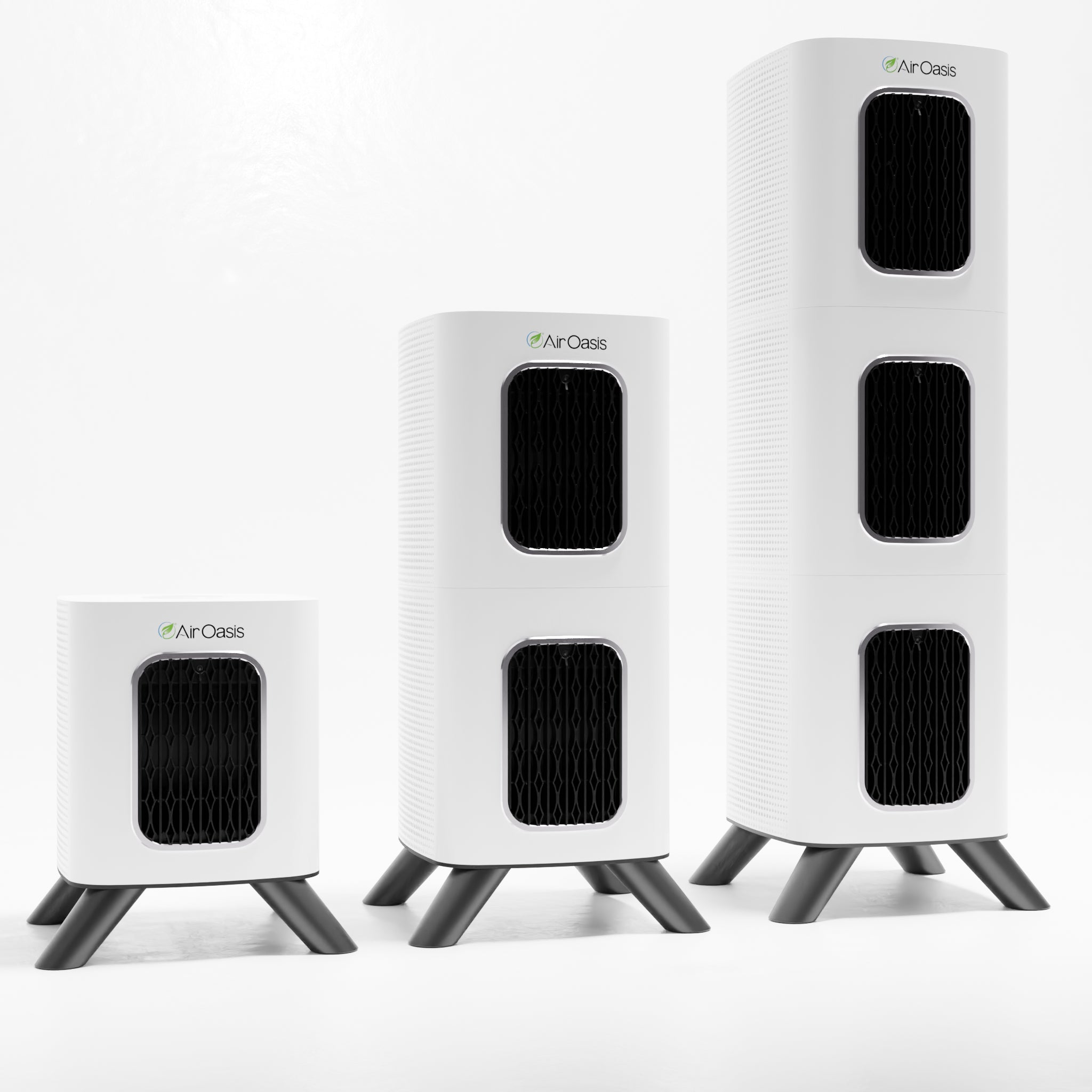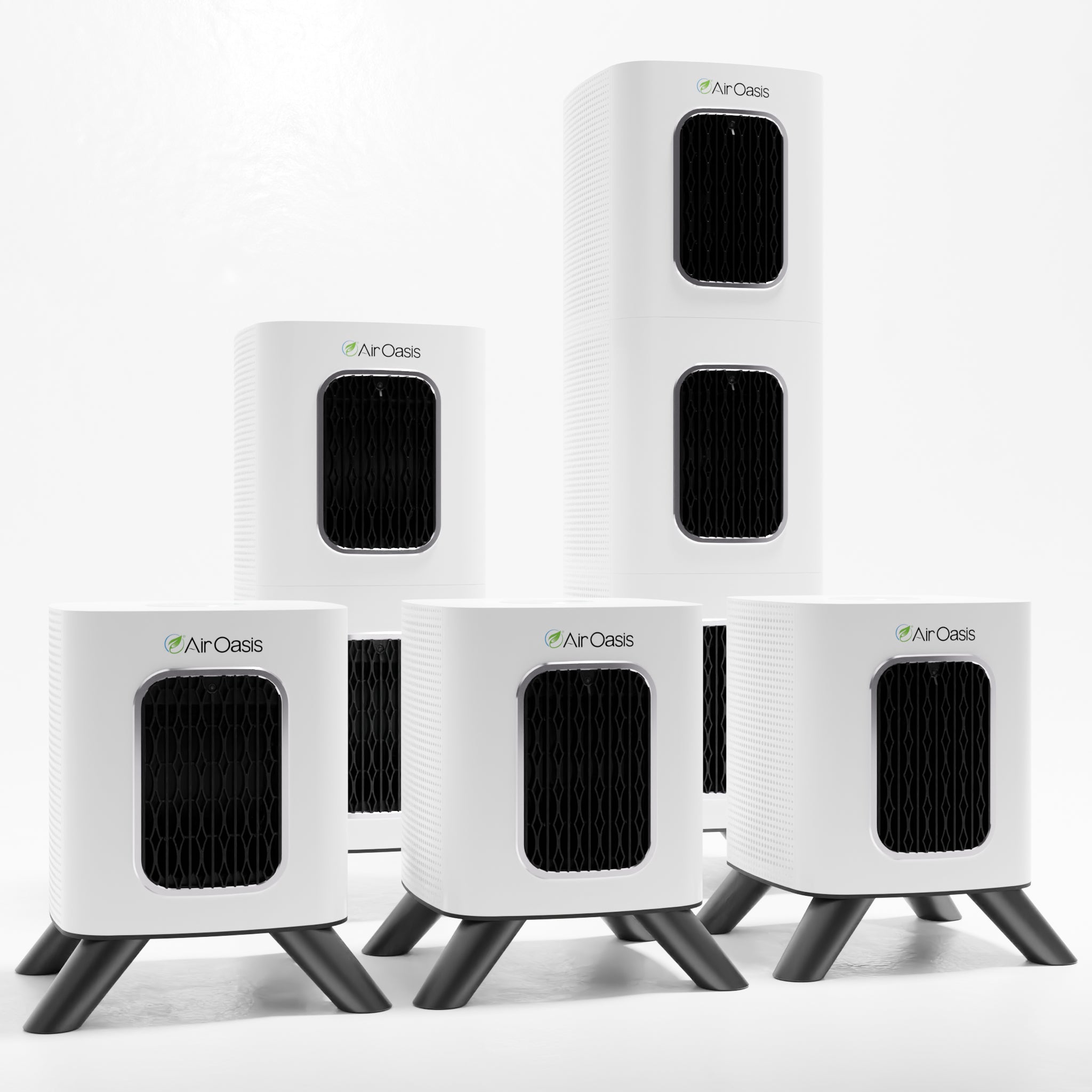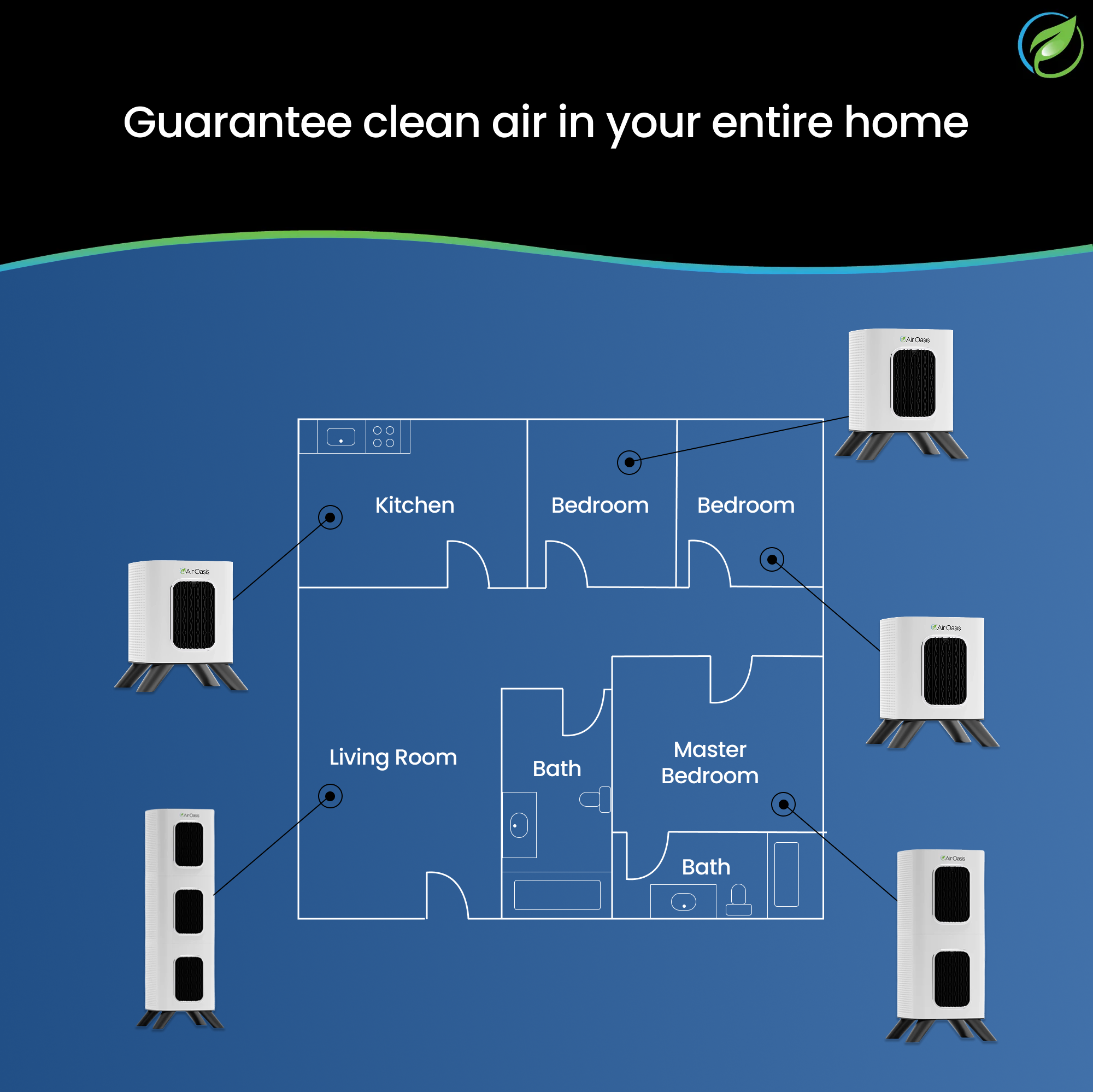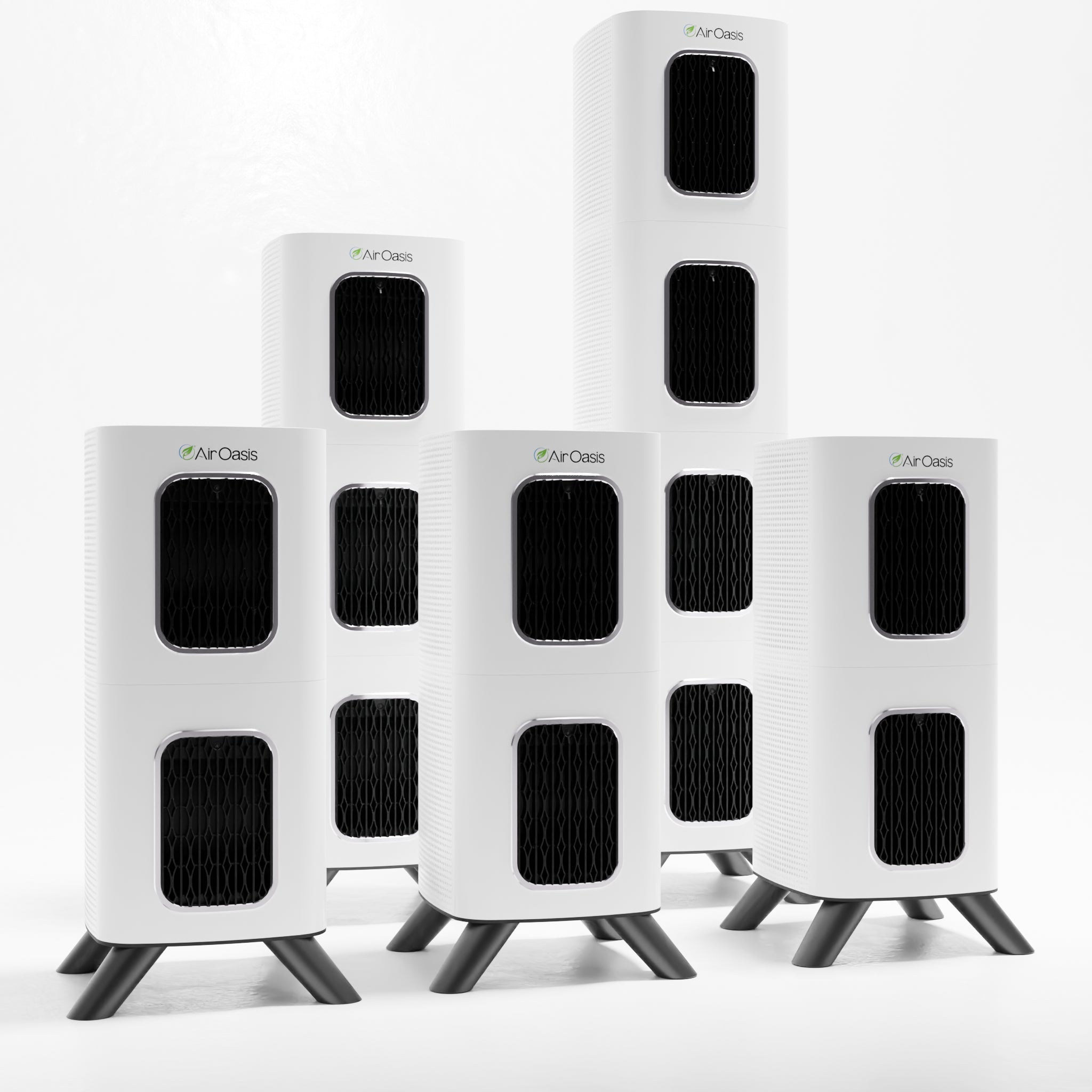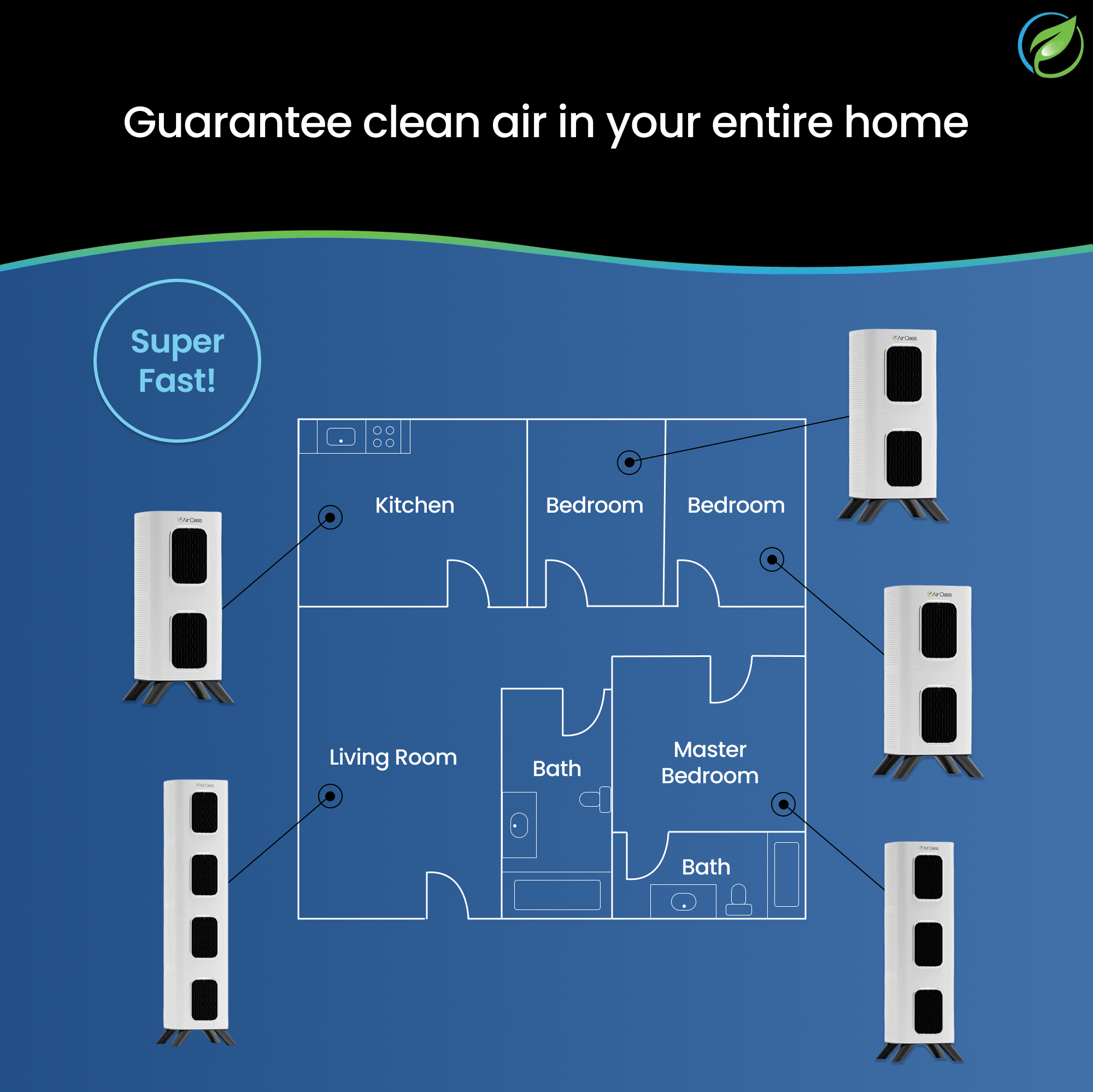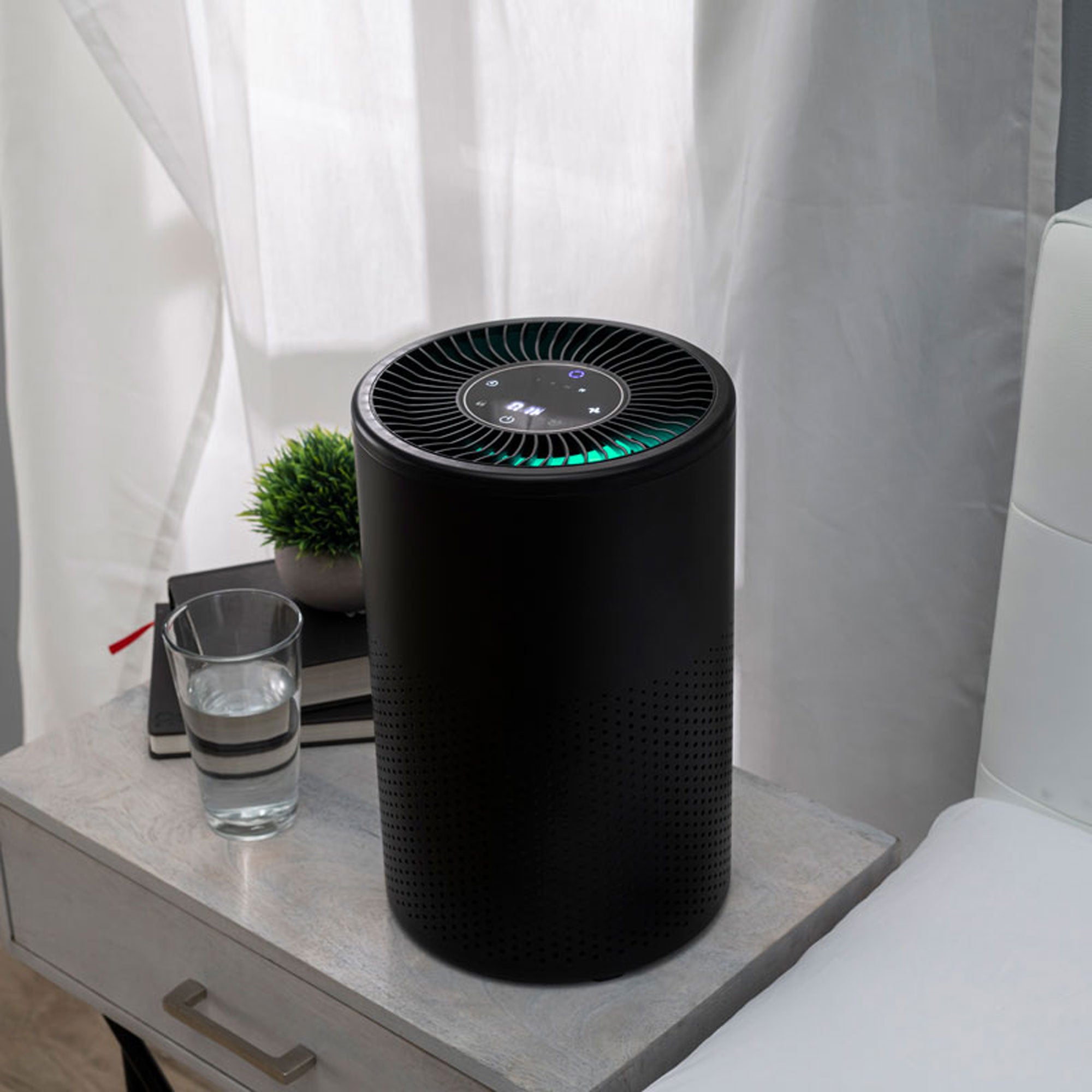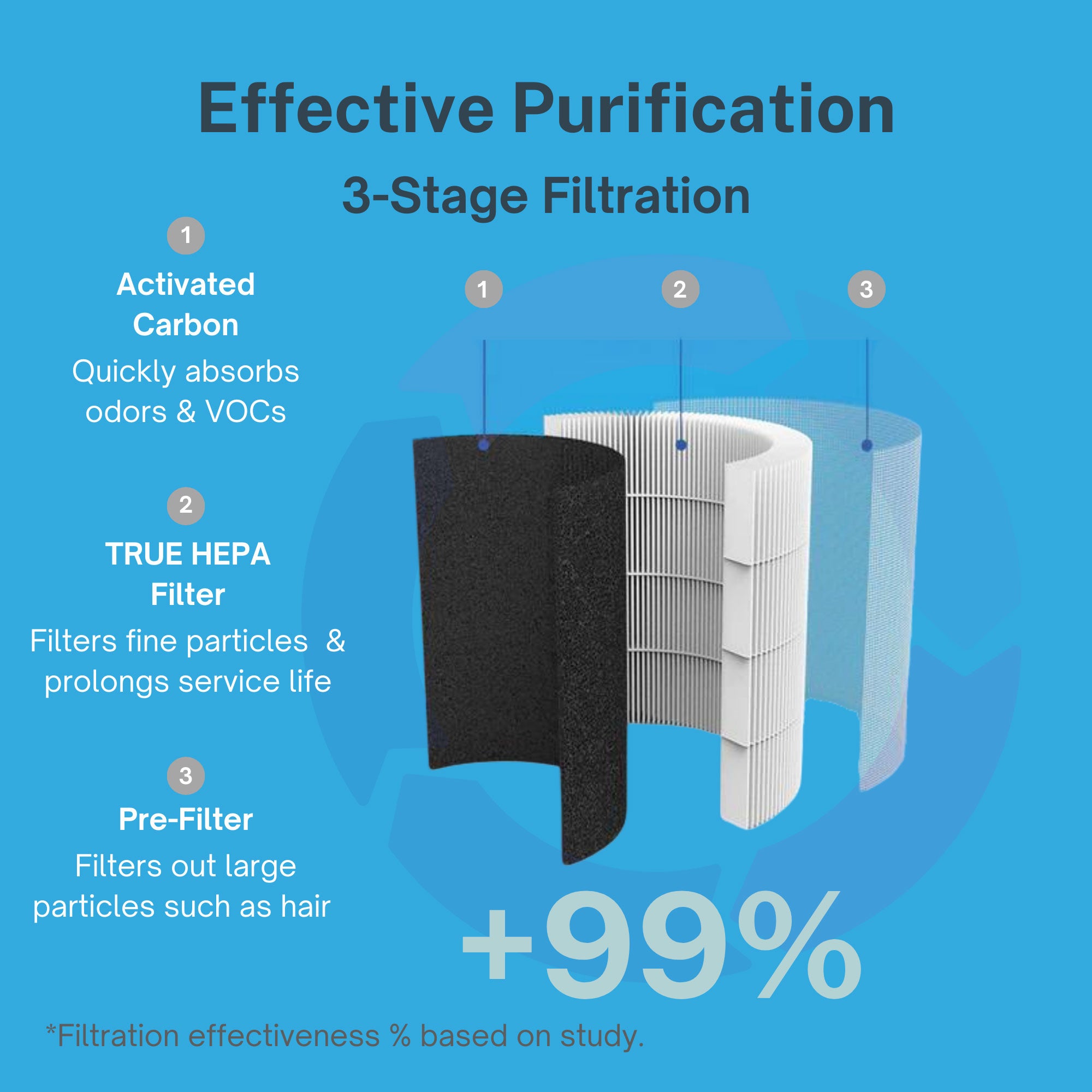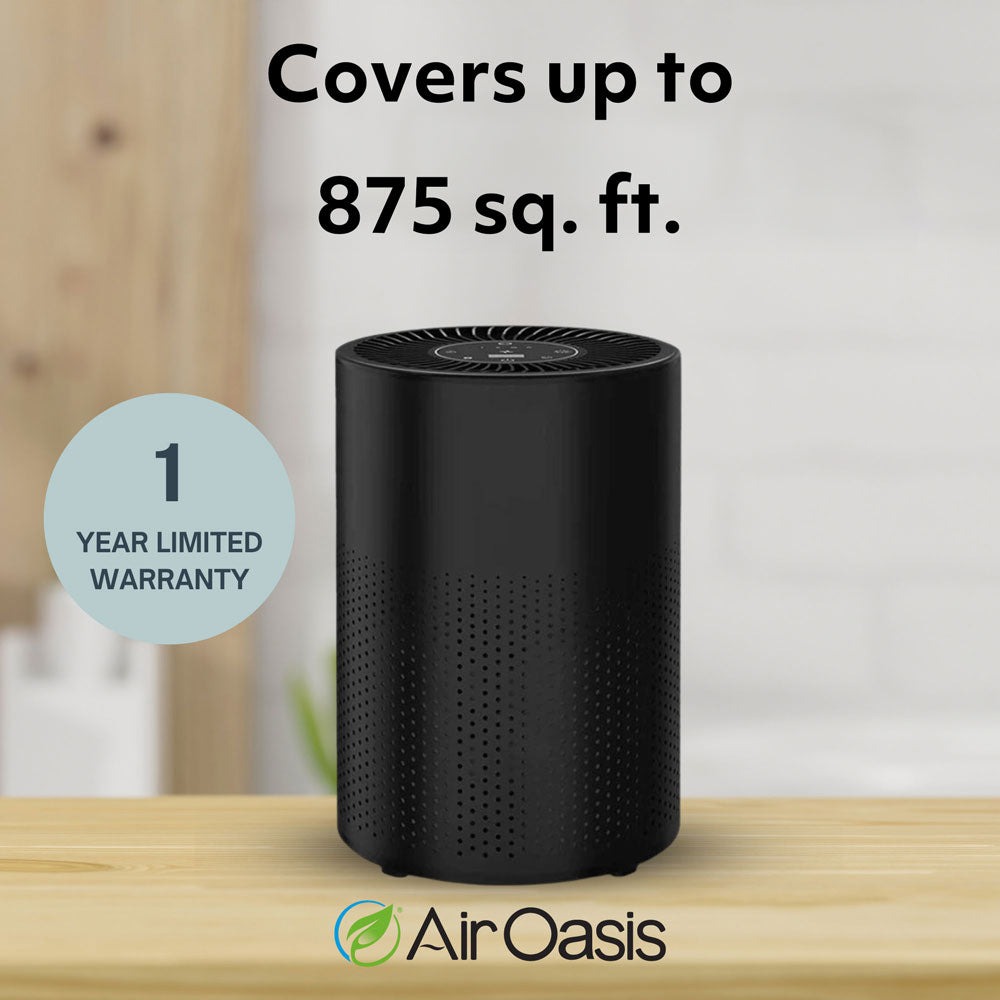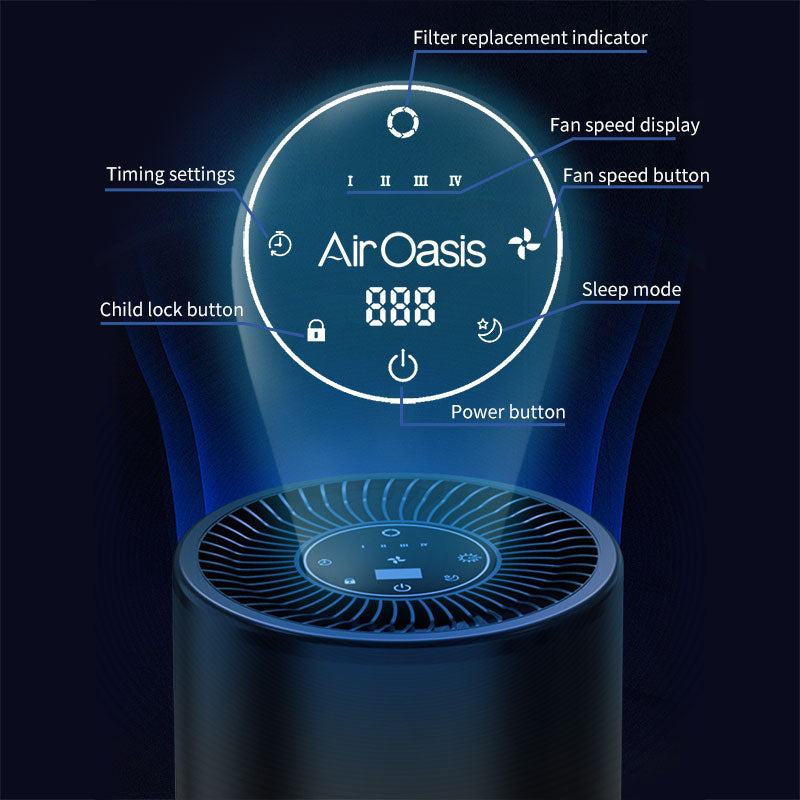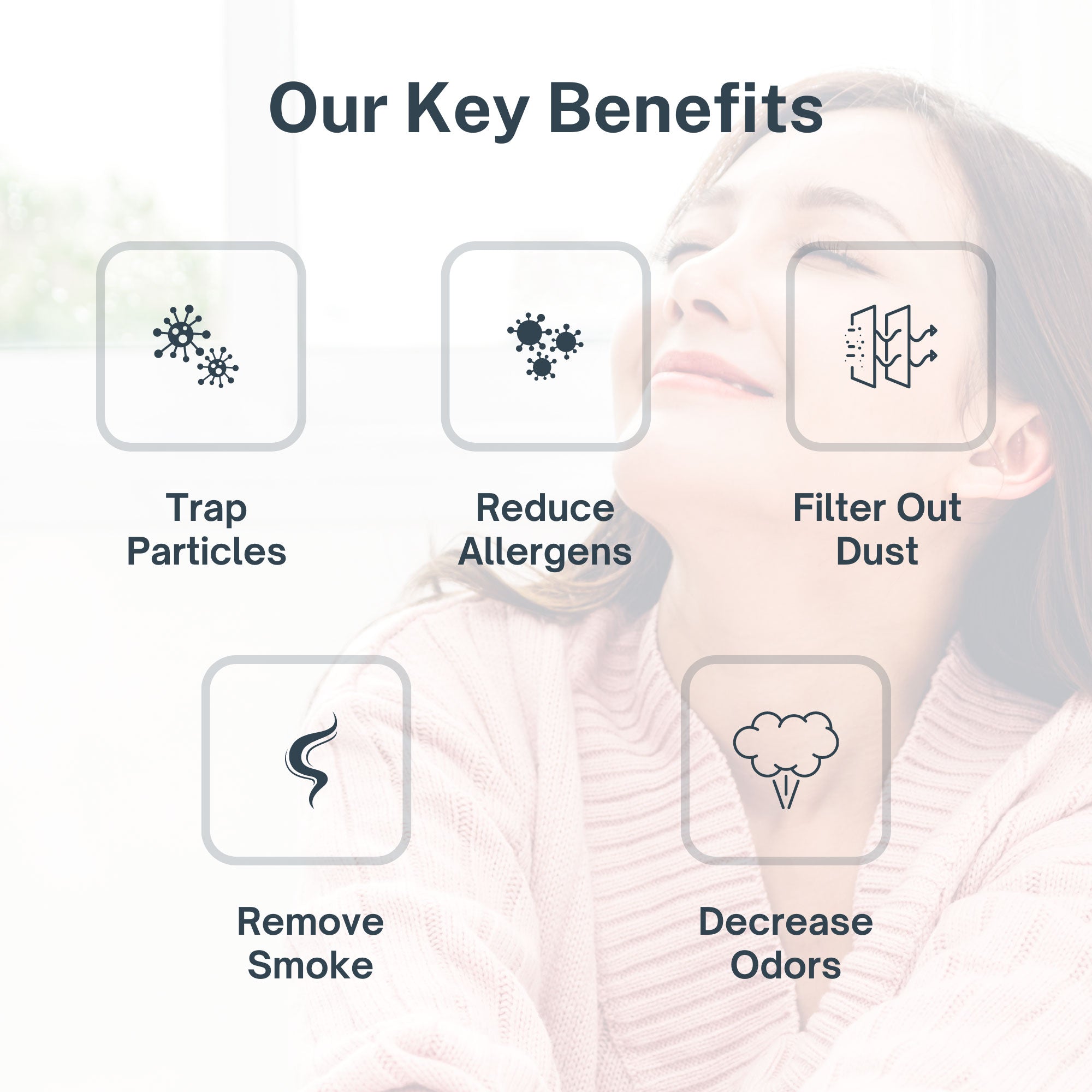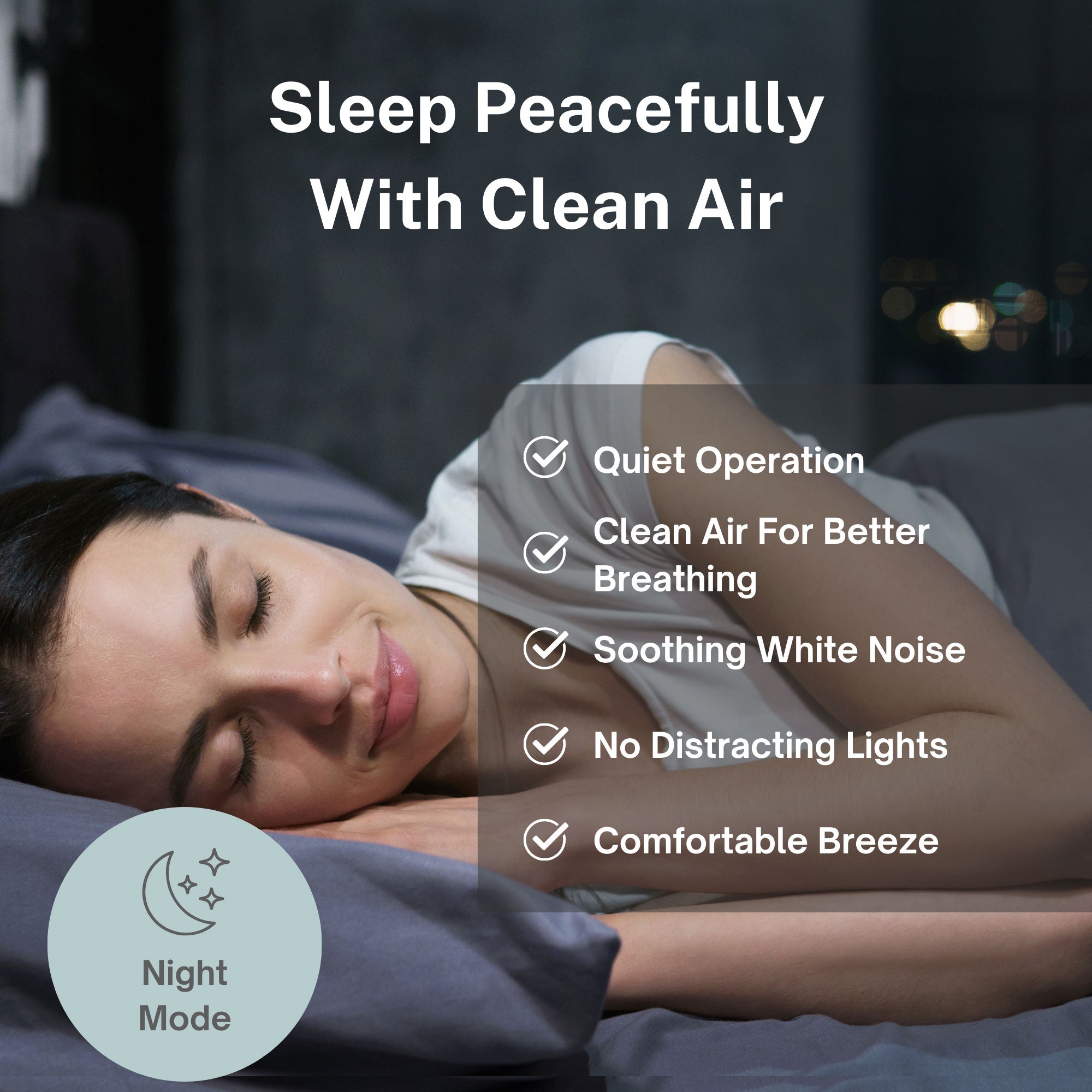A comprehensive U.S. study has identified a measurable connection between air pollution exposure and breast cancer risk, with findings suggesting that women living in areas with elevated pollution levels—particularly those with heavy traffic emissions—face higher rates of diagnosis.
Study Methodology and Scope
The research combined data from five large-scale breast cancer studies conducted over multiple decades, tracking more than 400,000 participants and analyzing over 28,000 breast cancer cases. Researchers integrated participant health data with pollution measurements from more than 2,600 air quality monitoring sites across the United States, following women for periods of up to ten years before diagnosis to establish potential exposure-outcome relationships.
This methodology provided one of the most extensive examinations to date of how air quality may influence cancer risk, offering statistical power through both the size of the participant pool and the geographic breadth of pollution data collection.
Key Findings on Nitrogen Dioxide Exposure
The analysis revealed a quantifiable relationship between nitrogen dioxide (NO2) exposure and breast cancer incidence. Specifically, each 10-parts-per-billion increase in NO2 correlated with a 3% rise in breast cancer cases. According to the American Cancer Society, current U.S. projections estimate approximately 316,950 new breast cancer diagnoses annually. Applying the study's findings, reducing NO2 exposure at this level could potentially prevent around 9,500 cases per year.
The nitrogen dioxide measured in this study primarily originates from vehicle exhaust and other combustion processes associated with traffic density, making it a marker for transportation-related air pollution exposure.
PM2.5 and Aggressive Cancer Subtypes
A separate finding within the research identified a connection between PM2.5 concentrations and hormone receptor-negative breast cancers. These cancer subtypes lack estrogen and progesterone receptors, making them more aggressive and significantly more challenging to treat than hormone receptor-positive variants.
PM2.5 refers to particulate matter measuring 2.5 micrometers or smaller—particles small enough to penetrate deep into lung tissue and enter the bloodstream, where they can potentially affect multiple organ systems throughout the body.
Pollution Levels Below Federal Standards
One of the study's most significant implications involves the pollution levels at which increased cancer risk was observed. The average NO2 concentrations measured in areas showing elevated breast cancer rates remained below current U.S. Environmental Protection Agency standards for air quality.
This finding suggests that existing regulatory thresholds may not adequately protect public health from cancer-related risks associated with air pollution exposure. Breast cancer rates in the United States have risen consistently over approximately four decades, even as national pollution levels remain relatively low compared to many other industrialized nations.
Breast Cancer Prevalence and Impact
According to the National Cancer Institute, breast cancer represents the second leading cause of cancer death among American women, following lung cancer. Statistical projections indicate that approximately one in eight women in the United States will develop breast cancer during their lifetime. Currently, more than four million breast cancer survivors live nationwide, representing the largest group of cancer survivors in the country.
Public Health Implications
Veronica Irvin of Oregon State University College of Health, commenting on the research findings, noted the practical limitations individuals face in reducing their exposure: "It's often not realistic for people to leave their homes and relocate in areas with better air quality in search of less health risk, so we need more effective clean air laws to help those who are most in need."
The research team emphasized the need for policies addressing vehicular traffic reduction and promoting alternative transportation methods as potential intervention strategies to reduce population-level exposure to cancer-related air pollutants.
Protecting Indoor Air Quality
While outdoor air pollution presents challenges requiring policy-level solutions, individuals can take immediate action to reduce exposure within their homes. Advanced air purification technology designed to capture both PM2.5 particulate matter and gaseous pollutants like nitrogen dioxide can significantly improve indoor air quality.
The iAdaptAir system combines medical-grade HEPA filtration for particulate capture with activated carbon technology specifically designed to adsorb gaseous pollutants from traffic emissions. This multi-stage approach addresses both the PM2.5 particles and NO2 compounds identified in breast cancer risk research.
Given that Americans spend approximately 90% of their time indoors according to EPA estimates, creating a clean indoor environment becomes a practical strategy for reducing overall pollution exposure, particularly for those living in areas with heavy traffic or elevated outdoor pollution levels.
Take Action on Indoor Air Quality
Research continues to reveal connections between air pollution and serious health outcomes, including breast cancer risk. While addressing outdoor pollution requires systemic change, protecting your home's air quality is within your control today.
Invest in scientifically validated air purification technology that removes both particulate matter and gaseous pollutants from your indoor environment. Shop Air Oasis and take meaningful steps to reduce your family's exposure to harmful air contaminants.






